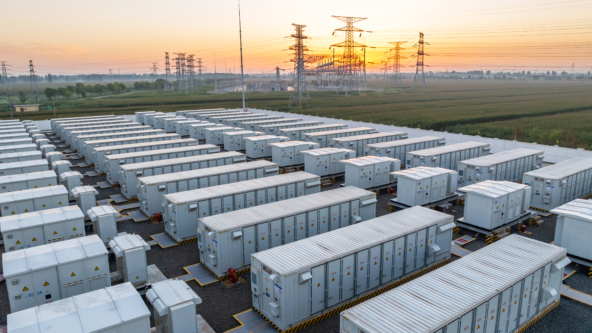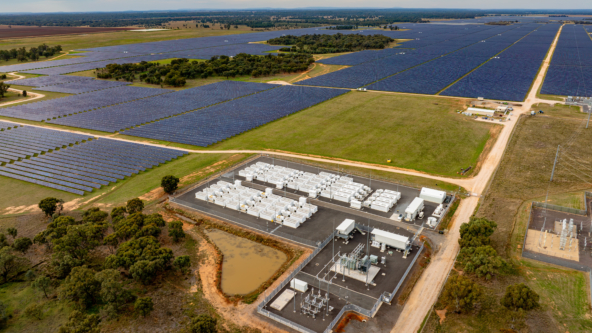Federal government announces 2024-25 budget, with strong support for the energy transition
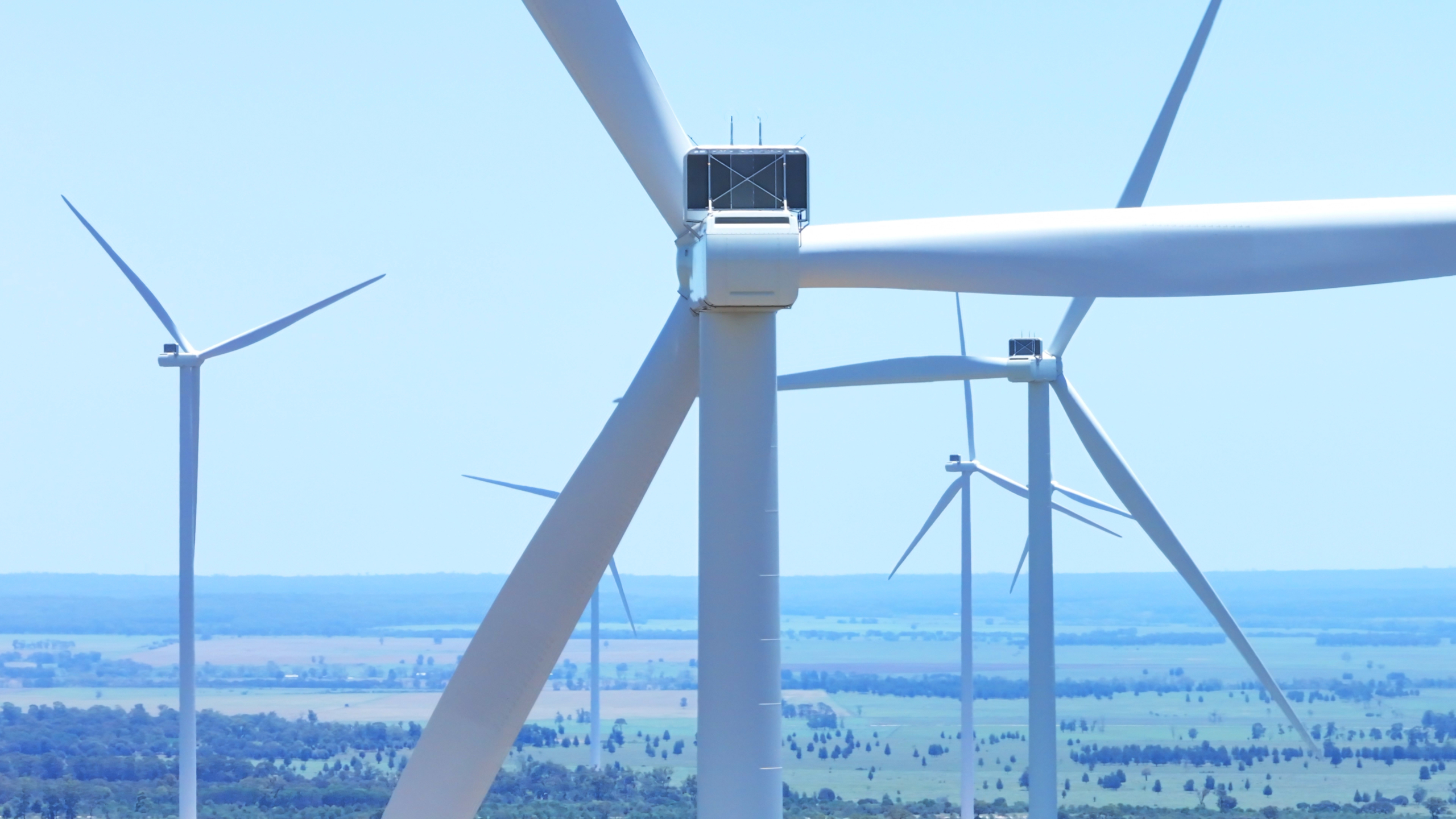
In mid-May the Federal Government released its 2024-25 budget, which was widely received as a significant step forward for Australia’s net zero targets. The budget includes extensive support for clean energy and climate change under the ‘Future Made in Australia’ program.
The $22.7 billion program is aimed at making Australia a ‘renewable energy superpower’, adding value to existing resources and increasing Australia’s manufacturing capability. The package is focused on unlocking and supporting investment in net zero industries, including green metals, low carbon liquid fuels and a hydrogen production tax incentive – all of which will require renewable energy as an input.
The budget also allocates funding towards strengthening and streamlining the environmental, planning and cultural heritage approvals required to build new renewable and transmission infrastructure. This funding directly supports the development of the large-scale renewables required to achieve Australia’s net zero targets. Considerable support to develop Australia’s contribution to the global solar PV and battery supply chains is also included.
CSIRO GenCost 2023-2024 Report, renewables remain the lowest cost of new build electricity technology
During the month, the CSIRO released its annual GenCost report, an economic analysis prepared in conjunction with the Australian Energy Market Operator (AEMO), that explores the cost of building future electricity generation and storage in Australia. The updated modelling again showed that renewables, including integration costs such as transmission and storage, are the lowest cost new build technology, and Australia’s best option to reduce its electricity sector emissions at the pace required.
Following significant stakeholder feedback after the draft report was released earlier in the year, for the first time the GenCost report includes the cost of large-scale nuclear reactors, after previously only including the yet-to-be-proven small-scale reactors. Whilst the report found that large scale nuclear could cost significantly less than small scale nuclear, and that there are no known technical barriers to its deployment, both the cost and timeframe required does not support large scale nuclear as the preferred option to develop in the near to medium term.
The report showed that the cost outlook was mixed for large scale renewables, with solar seeing a continued 8% decline in costs, whilst global inflationary pressures continue to impact onshore wind, seeing an 8% increase; gas saw a 14% increase.
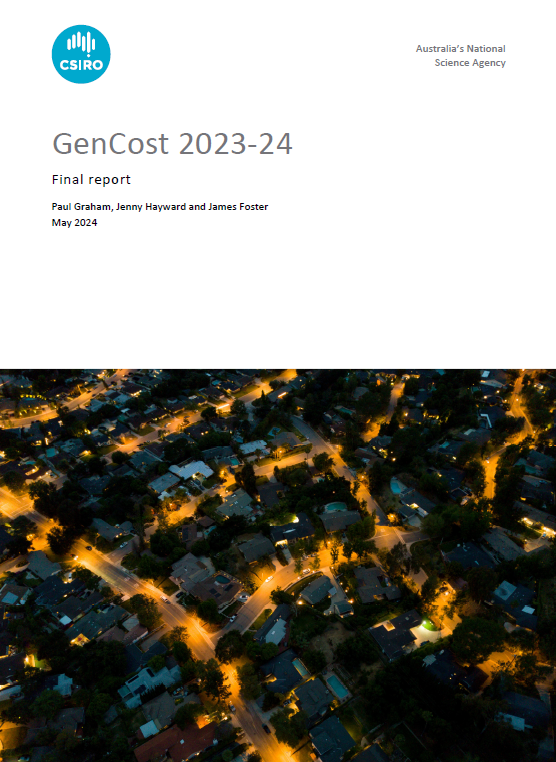
NSW Government extends life of Eraring Power Station, Australia’s largest coal plant
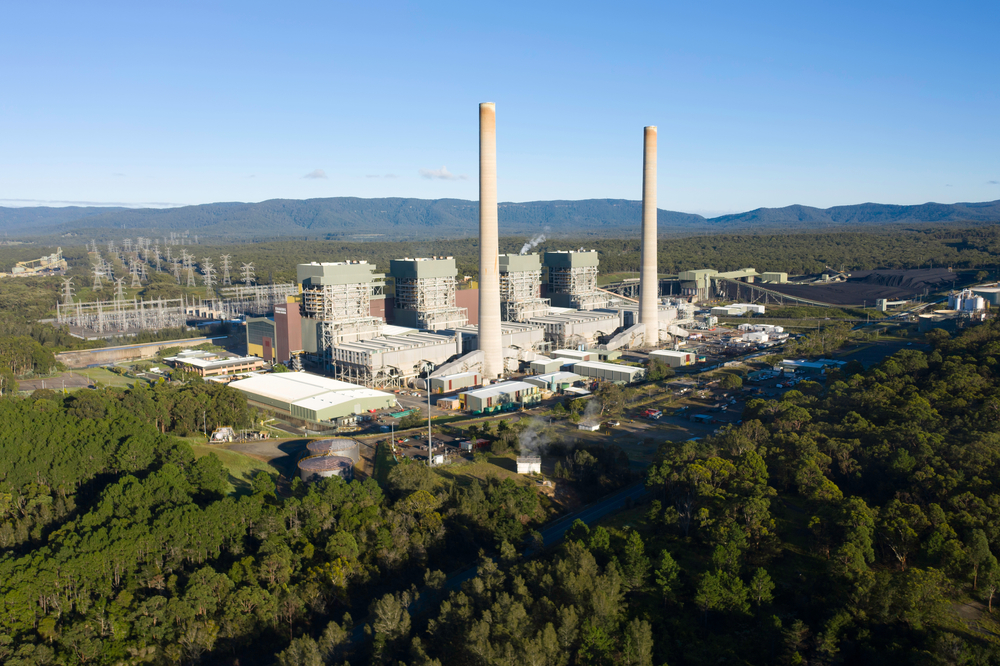
Confirming what many in the industry expected, the NSW Government and Origin Energy announced the extension of the closure of the 2880MW Eraring Power Station, Australia’s largest coal fired power station. The extension means Eraring will be operational for at least an additional 2 years, closing by July 2027 at the earliest, with the plant to be entirely deregistered by May 2029.
Under the agreement, the power station must generate at least 6 terawatt hours of electricity per year, and if it makes a loss in doing so, the state government must make up the loss up to a payment cap of $225 million in a given year. Conversely, if it makes a profit, Origin must share 20% of the profit with the state government, capped at $40 million for the year. The announcement came shortly after AEMO updated its Electricity Statement of Opportunities, which highlighted the prospect of supply shortfalls in NSW over the coming years.
Whilst the extension will improve NSW’s reliability over the two year period, and likely keep electricity costs down for consumers, many criticised the move as sending mixed signals for investors and failing Australia’s climate ambitions.
Livewire Markets Undiscovered Funds Series
As part of Livewire Markets’ Undiscovered Funds series, our CEO, Sam Reynolds, shares his thoughts on the opportunities and challenges of investing in Australia’s renewable energy transition, and provides some insight into Octopus’ major projects currently in development.

